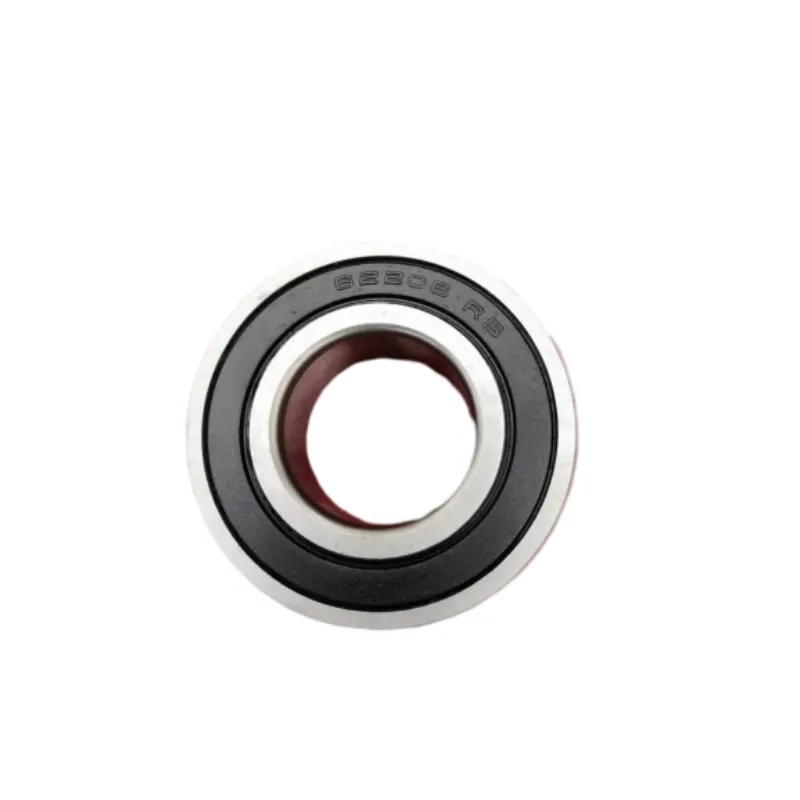
9 月 . 27, 2024 19:37 Back to list
Innovative Designs for Large Spherical Bearings in Modern Engineering Applications
Large Spherical Bearings Essential Components in Heavy Machinery
Large spherical bearings are critical components used in various heavy machinery applications, from construction equipment to aerospace systems. These bearings facilitate the smooth operation of machines by allowing for rotational movement and misalignment between parts. Their design and functionality make them indispensable in industries where loads and movements can be substantial.
Understanding Spherical Bearings
Spherical bearings, also known as spherical plain bearings, consist of an inner ring and an outer ring, where the inner ring has a spherical shape that fits into a corresponding spherical outer surface. This unique design permits angular misalignment between the components being connected. Unlike traditional bearings, which can be limited in accommodating misalignments, large spherical bearings excel in this area, making them ideal for applications that experience varying loads and directional shifts.
Design Features
The design of large spherical bearings incorporates various features that contribute to their performance and durability. One significant aspect is the incorporation of high-strength materials, such as alloy steel or advanced composites, which enhance load capacity and resistance to wear. Additionally, some bearings may be coated with special materials to reduce friction and improve corrosion resistance. The dimensions of these bearings are often tailored to specific applications, accommodating varying radial and axial loads while ensuring stability and performance.
Applications in Heavy Machinery
The versatility of large spherical bearings is evident across multiple industries. In construction, they are utilized in cranes, excavators, and loaders, where they absorb shock loads and facilitate movement across diverse terrains. In the aerospace industry, these bearings are critical in landing gear systems and control surfaces, providing reliable performance where safety is paramount.
Moreover, the energy sector employs large spherical bearings in wind turbines, where the blades must pivot to optimize wind capture. These applications highlight the bearings’ ability to manage complex movements and heavy loads, ultimately contributing to the overall efficiency and functionality of the machinery.
large spherical bearings

Advantages of Large Spherical Bearings
The advantages of large spherical bearings extend beyond their ability to handle misalignments. Their robust design allows them to withstand extreme environmental conditions, such as high temperatures, moisture, and dust. This reliability reduces maintenance needs and extends the lifespan of machinery, ultimately leading to lower operational costs.
Furthermore, large spherical bearings can enhance performance. Their capacity to accommodate angular movements allows machines to operate more smoothly, resulting in improved efficiency and reduced energy consumption. This aspect is particularly beneficial in industries striving for sustainability and cost-effectiveness.
Installation and Maintenance Considerations
While large spherical bearings are known for their durability, proper installation and maintenance are crucial to their performance. It is essential to ensure that the bearings are aligned correctly during installation to prevent premature wear. Regular inspections are also necessary to identify any signs of damage, wear, or misalignment early on.
Lubrication plays a vital role in maintaining the functionality of spherical bearings. Depending on the operating environment, different lubrication strategies may be employed, ranging from grease application to oil bath systems. Choosing the right lubricant can significantly affect the bearing's performance and lifespan.
Conclusion
In conclusion, large spherical bearings are indispensable components in many sectors, facilitating the effective and efficient operation of heavy machinery. Their unique design allows for significant angular misalignment and adaptability to various loading conditions, making them essential for applications where traditional bearings may fall short. As industries continue to evolve, the demand for high-performance, reliable components will only grow, solidifying the role of large spherical bearings in optimizing machinery functionality and contributing to operational success.
Latest news
-
Unlocking Efficiency with Spherical Roller Bearings
NewsOct.29,2024
-
The Ultimate Guide to Thrust Ball Bearings
NewsOct.29,2024
-
The Power of Thrust Roller Bearings: Engineered for Excellence
NewsOct.29,2024
-
The Power of Deep Groove Ball Bearings for Your Application Needs!
NewsOct.29,2024
-
The Power and Performance of Cylindrical Roller Bearings
NewsOct.29,2024
-
High-Quality Ball Bearing Manufacturing Machines
NewsOct.29,2024
